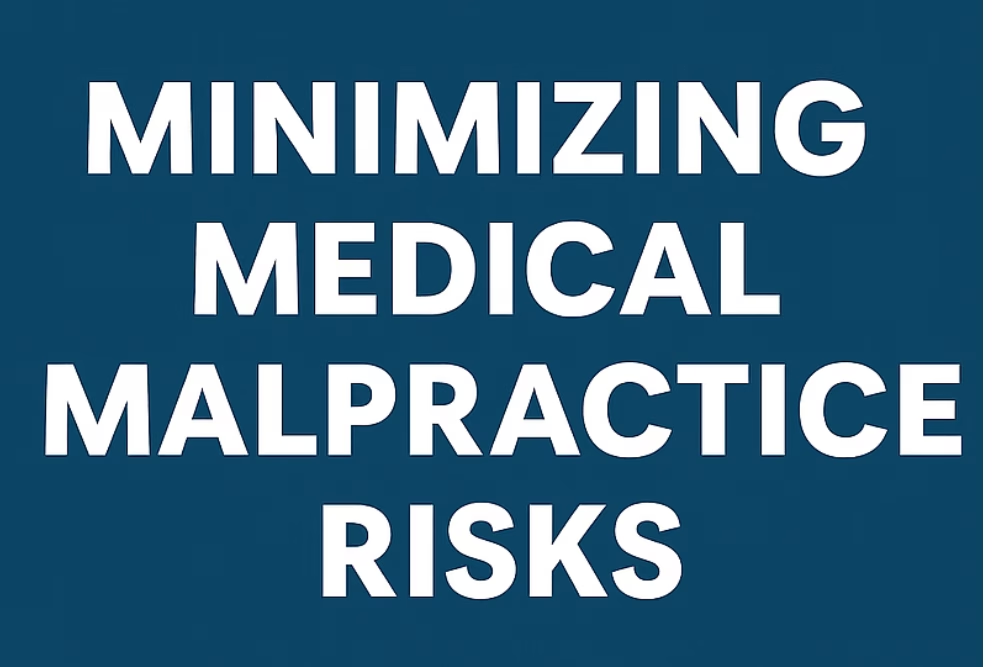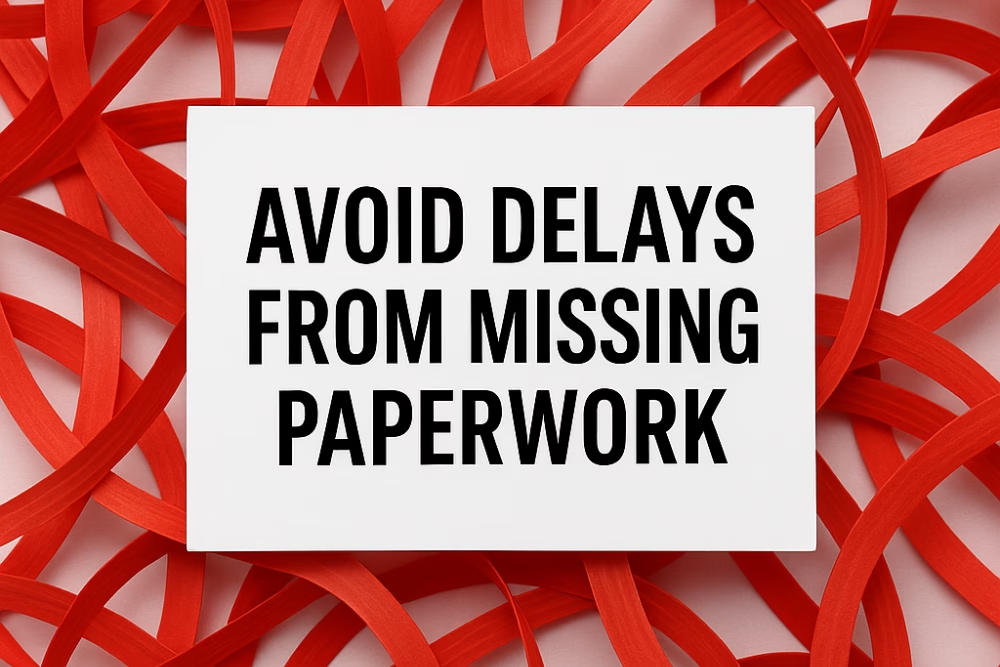The provider enrollment process for healthcare providers is a critical first step to joining insurance networks, getting paid for services, and growing your patient base. Whether you’re starting a new practice or expanding your participation in health plans, understanding how to navigate this process can save time, reduce stress, and accelerate reimbursements.
In this guide, we break down the essential steps, required documentation, and best practices to help practice managers, clinic owners, and healthcare providers streamline enrollment and avoid delays.
What Is Provider Enrollment?
Provider enrollment, sometimes used interchangeably with credentialing, is the process of applying to and contracting with insurance payers. Once enrolled, a provider becomes “in-network,” meaning they can bill payers directly for patient services and receive reimbursements.
Each payer has its own rules and application formats, but the core process is similar across the board.
Key Steps in the Enrollment Process
1. Application Submission
Start by applying to the insurance payer. Required details typically include:
-
Personal Info: Full name, NPI, Social Security number, contact details
-
Professional Background: Education, board certifications, residency, state licenses
-
Practice Information: Location, specialties, patient types
-
Financial Info: Tax ID, billing structure, malpractice insurance
-
Facility Details: Office setup, staffing, and affiliated hospitals (if applicable)
2. Verification Phase
Payers conduct primary source verification to confirm your credentials, licenses, work history, and any malpractice claims. This step may also involve a background check.
3. Enrollment Approval or Denial
If approved, the provider becomes part of the payer’s network and can begin billing. If denied, the payer may require corrections or additional documentation.
Common Challenges & How to Overcome Them
The provider enrollment process for healthcare providers can be time-consuming due to:
-
Varying Requirements: Each payer has different forms, formats, and timelines.
-
Administrative Errors: Incomplete or inaccurate applications can result in delays or denials.
-
Slow Turnarounds: Payers often take 60–120+ days to process applications.
Best Practices to Streamline the Process:
-
✅ Stay Organized: Keep credentialing documents in a centralized, digital folder.
-
✅ Be Proactive: Start enrollment 90+ days in advance of your practice launch or new hire’s start date.
-
✅ Track Status: Follow up regularly with each payer to monitor application progress.
-
✅ Use Technology: Consider credentialing software or outsourcing to reduce the admin burden.
Let eClinicAssist Handle Your Enrollment Process
Credentialing doesn’t need to be stressful. At eClinicAssist, we offer full-service credentialing and payer enrollment support, helping you complete applications accurately and on time. Whether you’re onboarding a new provider or setting up a new practice, our team ensures compliance, reduces delays, and protects your revenue.
👉 Contact eClinicAssist today for a free consultation and let our experts streamline your provider enrollment process.







